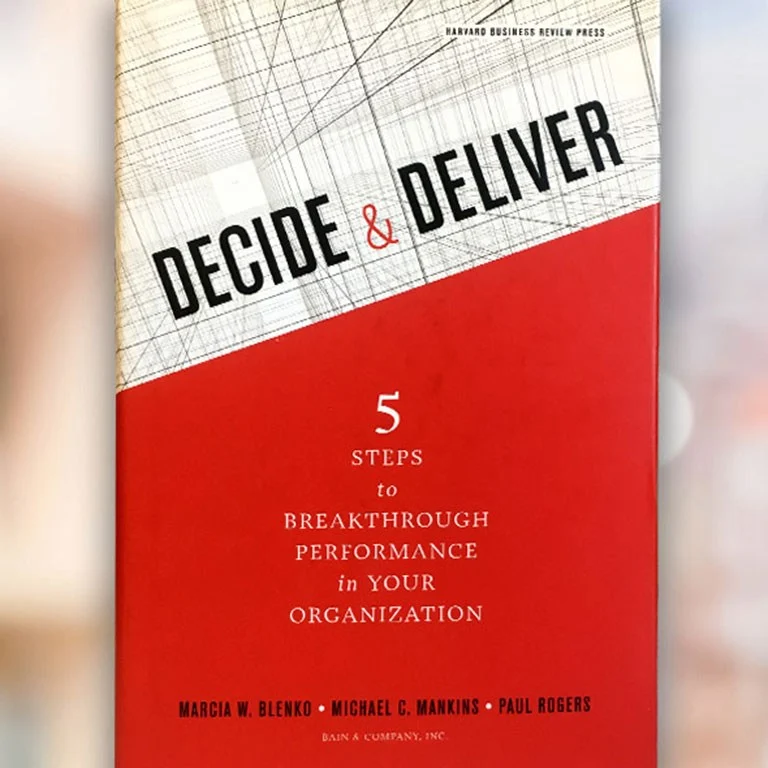Forbes.com
The year was 2002. ABB, the Zurich-based power technology and automation company, had barely escaped bankruptcy, and new CEO Jürgen Dormann needed to make big changes. He raised cash and negotiated a new credit facility. He consolidated the organization into two divisions and just 28 business areas, down from 65. He centralized profit-and-loss accountability.
But the real test of Dormann’s moves was still ahead: Would the changes lead to a new culture of decisiveness and action? In the past, it seemed, decisions bogged down in internal negotiations, causing internal politics to grow bitter.
Now, lines of authority and responsibility were clearer, and so were the company’s objectives. But for ABB to thrive, executives and managers would have to rise to the cultural challenge every day.
Culture defines how people act day in and day out. It’s what they do when no one is looking. In a high-performance culture, everyone takes it for granted that quick, effective decisions and execution are a critical part of their everyday responsibilities. They make choices and take action. Bain & Company research suggests that companies with such a culture grow 20 percent faster than average companies and are roughly 50 percent better than others on a comprehensive measure of decision effectiveness.

Decide & Deliver
Learn more about the five steps that leading organizations use to make great decisions quickly and execute them effectively.
Building that kind of decision-focused culture can seem daunting. But a committed leadership team can do it. The secret is that culture comprises many different components, and when you change the parts, you change the whole. There are three key steps, which we think of as define, align and build.
Define the new culture. The first job is to define what you want—to show that the company values decisions and action, and to describe the goal in terms of specific behaviors. At the Australian telecommunications company Telstra, for instance, one pillar of the push for cultural change in recent years was a sense of urgency, which leaders christened done.now. As Telstra’s HR director explained the effect: “People would say, ‘If we need 27 approvals, that is not done.now.’ They’d question how to change the way we do things.”
Align the leadership team around decisions. Cultural change begins at the top, and it won’t get far if senior leaders aren’t all on board. ABB’s Dormann, for example, selected a group of five executives to lead the transformation. This new executive team held a planning summit in the Swiss Alps to discuss the decisions required for a successful future for ABB. Human resources head Gary Steel, a member of the executive committee, recalls, “We cooked together, we ate together, we drank together, we worked together, forging the sense that this was a single leadership team. We’d argue privately and then stand together publicly. That was probably one of the most significant manifestations of the culture change.”
Build an organization that reinforces the culture. High performers align every element of their organization around the cultural objective of decision effectiveness. They ensure that decision roles are clear. They develop human resources procedures that put top performers in the jobs with the greatest impact on critical decisions. They create incentive systems that encourage and reward good, speedy decision making and execution. A culture of decisiveness and action emerges from these and other measures, because people throughout the organization see that’s what’s important. Of course, behavior change doesn’t happen automatically. People may know what’s expected of them, but they may still need to embark on a personal journey of change before they truly live the new culture.
Companies that follow these three steps—define, align and build—can turbocharge their performance. ABB, for example, was back on track by 2007, with a share price that grew more than fivefold in the five years after its near-bankruptcy. But that’s not the only benefit. A culture of decisiveness and action energizes people. It enables them to do their best, and to look forward to coming to work each day.
Trevor Gregory, ABB’s chief executive for the UK and Ireland, saw the company both before and after its cultural transformation, and he thinks the difference is remarkable. “The changes we went through back then gave this business an opportunity to fly,” he says. “And it has flown.”
This post was written by Marcia Blenko, Michael Mankins and Paul Rogers, co-authors of Decide & Deliver, and partners in the Organization Practice at Bain & Company.